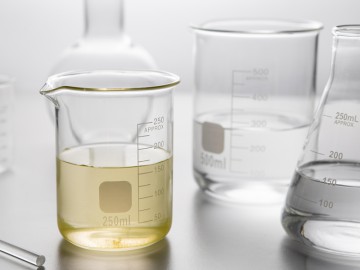ELECTROFLOTATION
These bubbles rise to the surface of the wastewater they also carry suspended solids, oil, and grease with them. It is an electrochemical process that involves the use of an electrode to generate hydrogen or oxygen gas, which forms bubbles that attach to the suspended particles and cause them to rise to the surface where they can be easily removed.
In the electroflotation process, the wastewater is first pretreated to remove any large solids or materials that could clog the electrodes. The wastewater is then pumped into an electroflotation tank, where one or more electrodes are immersed in the water. A direct current is passed through the electrodes, causing electrolysis to occur, and gas bubbles to form on the surface of the electrodes. These bubbles rise to the surface of the wastewater, carrying with them the suspended solids, oil, and grease.
The bubbles then burst on the surface, releasing the gas and leaving behind a layer of separated material that can be removed using skimmers or other mechanical devices. Electroflotation can be used as a primary or secondary treatment process in wastewater treatment depending on the type and concentration of contaminants present in the wastewater.
Electroflotation has several advantages over other conventional wastewater treatment methods such as sedimentation, filtration, and flotation. It is an energy-efficient process and can remove a wide range of contaminants from the wastewater, making it a popular choice in many industrial wastewater treatment plants.

